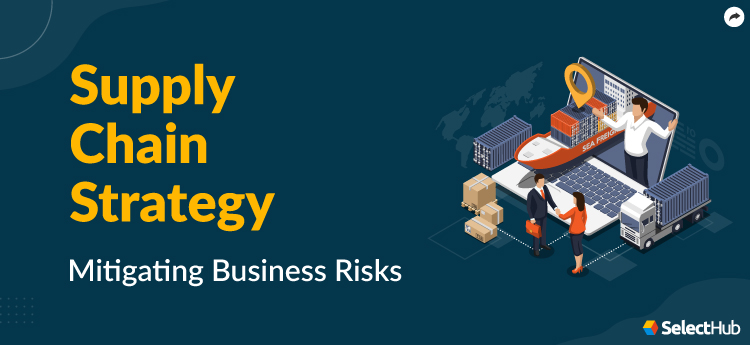 In today's global business landscape, organizations face increasing pressure to be more agile, resilient, and cost-effective. At the center of this transformation lies one powerful tool:
In today's global business landscape, organizations face increasing pressure to be more agile, resilient, and cost-effective. At the center of this transformation lies one powerful tool:
 A well-defined Supply Chain Strategy.
A well-defined Supply Chain Strategy.
But strategy isn’t just a document—it’s a disciplined approach that connects business goals with supply capabilities, driving long-term value.
Let’s break it down as per supply management standards:
 1. Environmental Analysis
1. Environmental Analysis
A strategic supply chain starts with a deep understanding of the internal and external environment.
 Internally: Assess current procurement practices, logistics infrastructure, spend categories, capabilities, and technology maturity
Internally: Assess current procurement practices, logistics infrastructure, spend categories, capabilities, and technology maturity
 Externally: Analyze supplier markets, geopolitical risks, regulatory changes, sustainability pressures, and customer expectations
Externally: Analyze supplier markets, geopolitical risks, regulatory changes, sustainability pressures, and customer expectations
This step helps identify gaps, risks, and opportunities—and lays the foundation for an actionable strategy.
 2. Strategy Development
2. Strategy Development
Based on the environment assessment, you define the supply objectives that support enterprise-wide goals such as cost leadership, innovation, speed-to-market, or risk mitigation.
Strategic choices include:
 Make vs. Buy analysis
Make vs. Buy analysis
 Selecting sourcing models (centralized, decentralized, hybrid)
Selecting sourcing models (centralized, decentralized, hybrid)
 Supplier selection and segmentation
Supplier selection and segmentation
 Designing a category management framework
Designing a category management framework
 Sustainability, compliance, and ethical sourcing integration
Sustainability, compliance, and ethical sourcing integration
This is where you choose the type of supply chain you want to build: lean, agile, responsive, global, or regionalized.
 3. Stakeholder Engagement & Communication
3. Stakeholder Engagement & Communication
A strategy is only as strong as its execution—and execution requires alignment.
Key actions:
 Collaborate with internal stakeholders (finance, engineering, legal, R&D, marketing)
Collaborate with internal stakeholders (finance, engineering, legal, R&D, marketing)
 Ensure cross-functional visibility and shared KPIs
Ensure cross-functional visibility and shared KPIs
 Establish governance, escalation paths, and performance tracking mechanisms
Establish governance, escalation paths, and performance tracking mechanisms
 Communicate the supply chain’s strategic role at the leadership level
Communicate the supply chain’s strategic role at the leadership level
This builds trust and ensures the strategy is supported and adopted across the organization.
 4. Implementation, Monitoring & Adaptation
4. Implementation, Monitoring & Adaptation
Strategic planning is never static. It requires ongoing refinement and execution through:
 Category strategies and sourcing plans
Category strategies and sourcing plans
 Supplier development and performance management
Supplier development and performance management
 Risk monitoring systems and mitigation plans
Risk monitoring systems and mitigation plans
 Regular performance reviews using KPIs and scorecards
Regular performance reviews using KPIs and scorecards
 Continuous improvement through feedback, market insights, and stakeholder inputs
Continuous improvement through feedback, market insights, and stakeholder inputs
The ability to adapt to changes—supply disruptions, demand shifts, regulatory updates—is what defines a mature supply chain strategy.
 The takeaway? A great supply chain strategy is not reactive—it’s predictive, proactive, and aligned. It turns procurement from a cost center into a strategic driver of business value.
The takeaway? A great supply chain strategy is not reactive—it’s predictive, proactive, and aligned. It turns procurement from a cost center into a strategic driver of business value.
 Let’s talk: Is your supply chain strategy future-ready? How does your organization ensure strategic alignment across supply functions?
Let’s talk: Is your supply chain strategy future-ready? How does your organization ensure strategic alignment across supply functions?


 Good reading
Good reading 